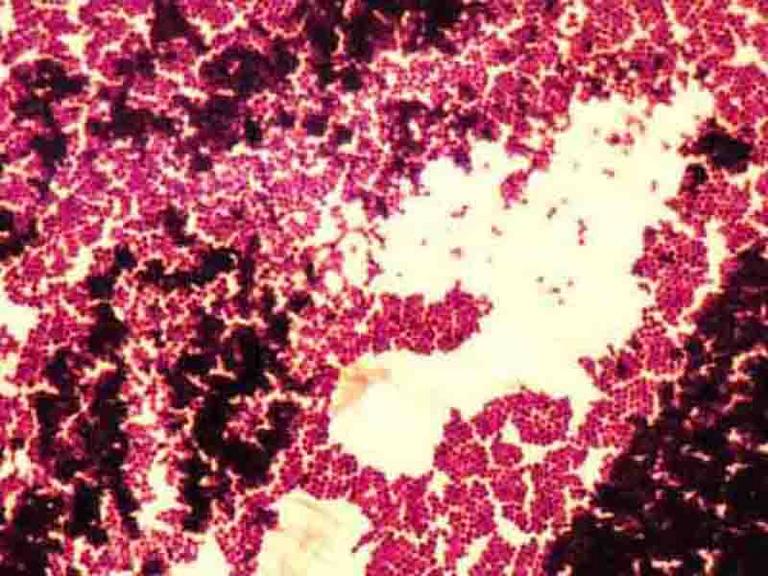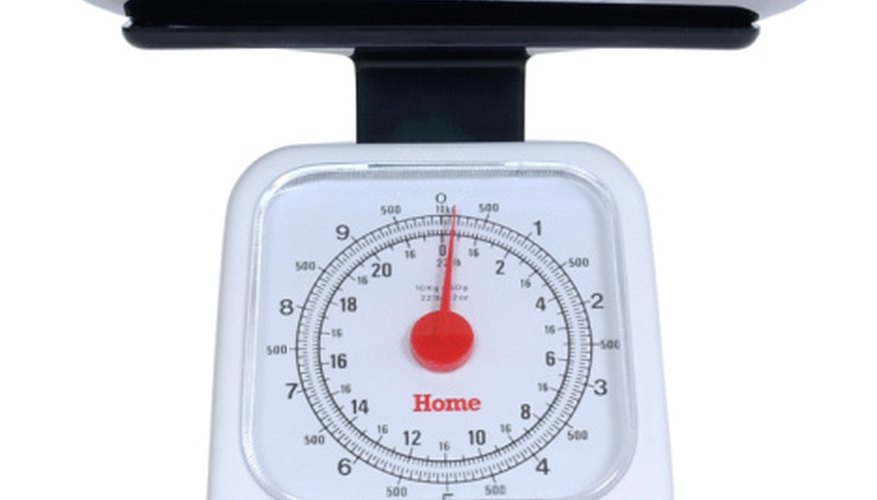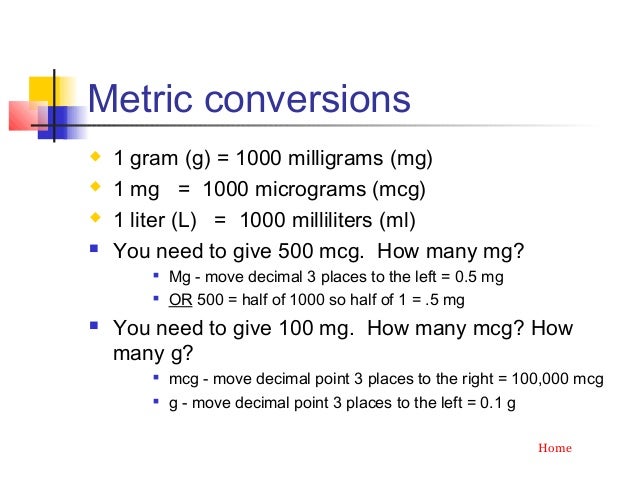

What is a Microgram?Ī microgram or microgramme is a unit to measure mass or weight equal to one-millionth of a gram.
1 GRAM TO MCG HOW TO
Continue reading to understand the relationship and differentiation between these units, how to convert Micrograms to Milligrams, the formula for their conversion coupled with a few examples and a lot more.Ĭontinue reading to know about every aspect of the conversion process. This guide will make it convenient for you to find the conversion of 5 Micrograms to Milligrams, 25 Micrograms to Milligrams, or any other value of Microgram to Milligram. Well, we have come up with a guide that covers all the facets one needs to understand to convert Microgram to Mg.

Micrograms to Milligrams is one such conversion, the units that are widely used to measure mass and weight. You can also check out the Recommended Dietary Allowances for vitamins and minerals from the US Institute of Medicine for more detailed information by age and gender.On a daily basis, we come across a number of units of weight measurement and it seems tough to learn about every measuring unit and its conversion. Here are a few reference tables where you can see the 100% daily values for foods and supplements across different life stages.

For example:Ĥ00 mcg folic acid / 0.6 = 667 mcg DFE folateĦ67 mcg DFE folate * 0.6 = 400 mcg folic acidįor more information on how to pick out a high-quality prenatal multivitamin, be sure to check out our recent post.ġ00% Daily Values for Vitamins and Minerals Just divide the amount of mcg folic acid by 0.6 and you will see the amount of folate mcg DFE you have. So the amount of DFE provided by these sources is higher. Synthetic sources are more potent at increasing the folate levels in your body compared to food sources. What’s a DFE you might ask? It’s a “dietary folate equivalent.” This is a unit of measure that’s been developed to better equate the biological effects of the folate found in food compared to the synthetic sources of folate such as folic acid and methylfolate. For example:Ĥ00 IU of vitamin E as d-alpha * 0.67 = 268 mg vitamin EĢ68 mg vitamin E as d-alpha / 0.67 = 400 IU vitamin E If it’s a naturally-sourced vitamin E, you will see it called “d-alpha.” If you see “d-alpha” on the label, just multiply the IU by 0.67. For example:Ĥ00 IU of vitamin E as dl-alpha * 0.45 = 180 mg vitamin Eġ80 mg vitamin E at dl-alpha / 0.45 = 400 IU vitamin E If you see this form, you just multiply the IU by 0.45. The most common form of vitamin E is the “dl-alpha tocopherol” form. However, as long as you know whether you are dealing with synthetically-derived or naturally-sourced vitamin E it’s quite easy. Vitamin E is a little more complicated than the other vitamins to convert IU to mg. For example:įor more information on vitamin D, including how much you should take daily, check out our recent post. To convert from IU to mcg, just take the IU and divide it by 40. However, not every company is going to do that, so here is how you calculate. Actually, FDA still allows the use of the IU in parentheses on the supplement facts panel.

Most people are used to talking about vitamin D in IU, and that’s not a bad thing. For example:ģ000 IU vitamin A * 0.3 = 900 mcg RAE vitamin Aĩ00 mcg RAE vitamin A / 0.3 = 3000 IU vitamin A We are just converting the IU to mcg or “micrograms.” All you need to do is take the IU and multiply by 0.3 and you will get the mcg RAE. Converting vitamin A from IUs into the new “RAE” unit is easy. Basically vitamin A is important because it’s a source of a molecule called “retinol.” This is the active ingredient that your eye uses to process light. Ever heard of it? It’s “retinol activity equivalent” and it’s the new way we talk about vitamin A.


 0 kommentar(er)
0 kommentar(er)
